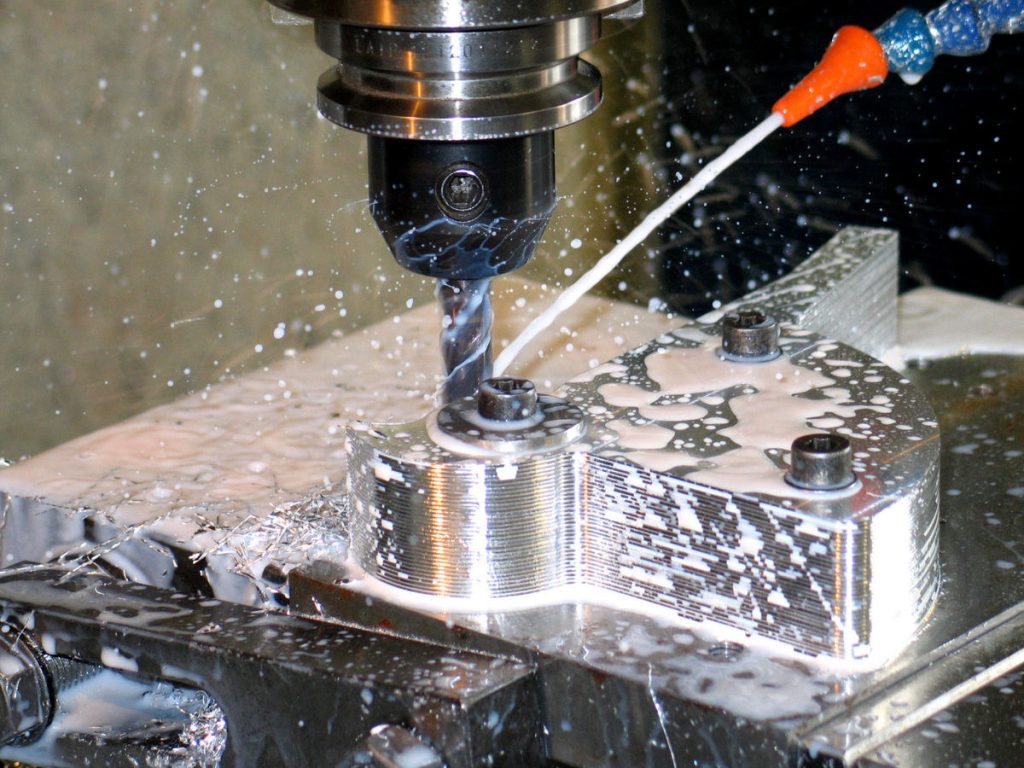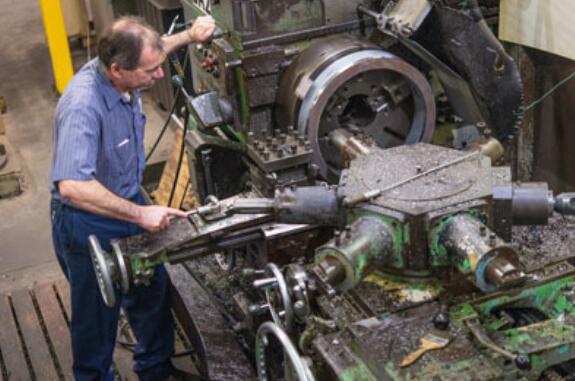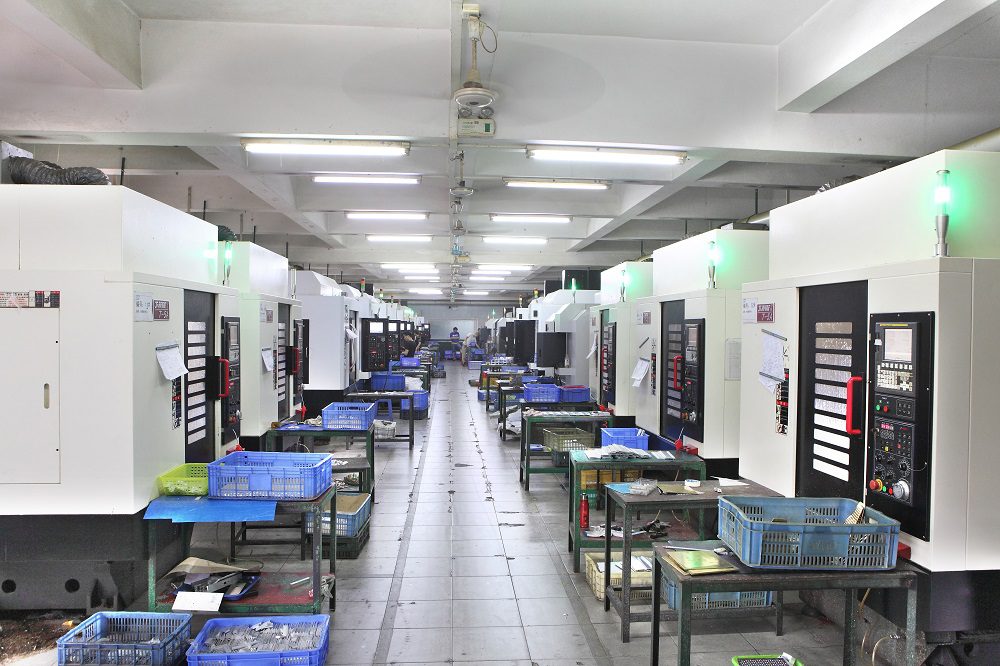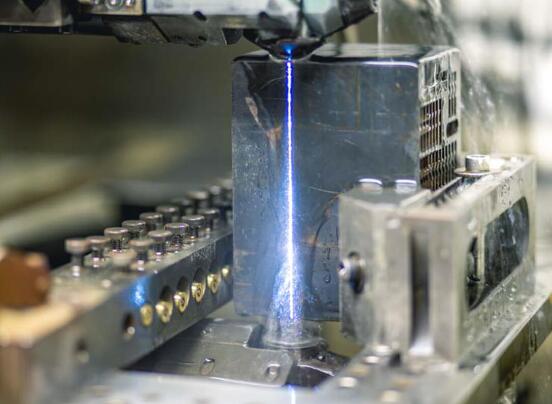In the manufacturing world, two distinct methods prevail: CNC machining and manual machining. While CNC Machining leverages automation and precision, manual machining offers traditional craftsmanship. Learn more about CNC Machining in our comprehensive guide.
The decision between CNC vs manual machining affects more than production; it impacts efficiency, cost, and quality. Recognizing the unique advantages of CNC machines and the appeal of manual machine work can lead to optimal resource utilization and profitability.
Whether you are considering CNC lathe vs manual lathe or evaluating the disadvantages of manual milling machine, this blog will guide you through the comprehensive insights into these two vital manufacturing techniques.
CNC (Computer Numerical Control) Machining is a revolutionary technology that has transformed the manufacturing industry. One of its essential components is the utilization of digital designs. Unlike manual machining, where engineers manually operate machines, CNC machining uses computerized blueprints created through CAD (Computer-Aided Design) software. These blueprints guide the machining tools to create parts with extreme accuracy. For more insights into how this process works, visit How Does CNC Machining Work?
The integration of CAD with CAM (Computer-Aided Manufacturing) enables the CNC machines to follow the computer’s instructions without human intervention. It ensures precision, consistency, and the ability to reproduce exact copies of the same design. This automation eliminates the errors associated with manual machining and increases efficiency and productivity.
In a world where precision is paramount, CNC machining stands out as a go-to method for many manufacturing needs. The advantages of CNC machine technology are continually pushing industries such as aerospace, medical, and automotive to new heights. The ability to convert digital designs into physical parts through CNC milling machines and CNC manual lathes is a game-changer, making complex and intricate designs a reality. If you want to understand more about CNC precision machining and how it can be a valuable asset for your business, click here to explore the benefits of CNC Lathe Services.
Manual Machining Basic
Manual machining refers to the traditional method of cutting, shaping, and forming materials using manually operated machines. Unlike CNC Machining, where computers control the machines, manual machining requires skilled operators to manipulate manual machine tools such as manual milling machines and manual lathes. These machines are often considered the best manual lathes for specific tasks where a hands-on approach is required.
The manual milling machine operation and other manual processes demand high levels of skill and expertise. Machinists must be well-versed in various techniques, from setting up the manual milling machine to creating manual mill projects. However, the time-intensive nature of manual machining can be a drawback, especially when large quantities are required. The manual vs CNC machining debate often boils down to volume and complexity, with manual processes being more suitable for limited production runs or specialized tasks.
CNC milling machines offer high accuracy and efficiency, making them ideal for prototyping. By using a CNC mill instead of a manual mill, designers can quickly turn CAD drawings into physical prototypes.
From metals to plastics, CNC milling machines can handle various materials, offering flexibility in prototyping. Learn more about what types of CNC machined components are most suitable for machining.
CNC Turning Machines
CNC turning machines are best for cylindrical or circular parts. Unlike manual CNC lathe operations, CNC turning offers more precision and is suitable for both one-offs and mass production.
CNC turning can be combined with other processes like milling for complete part fabrication. The comparison between CNC turning-milling compound and CNC machining center difference is further explained here.
EDM and Its Applications
Electrical Discharge Machining (EDM) is a CNC process that’s ideal for producing complex geometries in hard materials that might be difficult with manual milling machine projects.
EDM provides an incredibly accurate method for creating detailed parts, outperforming manual mill projects in terms of precision.
Evaluating the Cost Differences of CNC and Manual Machining
CNC Machining and Its Cost Efficiency
CNC machining tends to be more efficient than manual machining, leading to lower labor costs. Automated CNC processes mean that operators can manage multiple machines, unlike manual CNC lathe or manual milling where continuous monitoring is required.
CNC machines can be more accurate, reducing waste materials.
Waste Reduction and Maintenance Considerations
CNC milling machine vs CNC cutting tools are designed to minimize waste, while manual milling machine operation may lead to more scrap.
While CNC machines might be more expensive upfront, manual machine tools might incur higher maintenance costs over time.
Industry Preference and Market Demands
Many industries prefer CNC over manual machining due to consistency and precision. As technology advances, the demand for CNC machining is growing.
Number of Employees Used
CNC machines require fewer operators, thus saving on labor costs compared to manual lathe machine or manual mill projects.
Applications of CNC Machining in Various Fields
Applications in Consumer Electronics
CNC machining allows the creation of complex parts with high precision, essential in electronics. This includes the CNC wood cutting services used in certain accessories.
Unlike manual machining, CNC can easily adapt to various designs, making it ideal for the ever-changing electronics industry.
Integration in the Automotive Sector
CNC machines are ideal for producing large quantities of automotive parts. See more on the applications of CNC machining for the automotive industry.
CNC machining ensures that each part meets the high standards required in the automotive sector, something that manual milling machine projects might struggle with.
Role in the Oil & Gas Segment
CNC machining can handle the robust materials used in the oil & gas sector, unlike manual milling, which might face limitations.
CNC machines offer precision even under extreme conditions, a critical need in this industry.
Implementation in Medical Manufacturing
The medical sector requires extreme precision, something CNC machining excels at, whereas manual CNC lathe operations may not meet these standards.
CNC machines can ensure compliance with stringent medical regulations. Learn more about the precision machining service for the medical industry.
Summing Up
CNC Machining has redefined the manufacturing landscape, offering precision and efficiency unmatched by manual machining. Leveraging tools like CAD and CAM software, CNC continues to make strides across diverse industries.
In choosing between CNC Machining vs Manual Machining, understanding your project’s unique needs is essential. Whether it’s large-scale production or specialized parts, Worthy Hardware stands ready to provide unparalleled CNC services tailored to your specifications. Reach out today, and let’s transform your manufacturing process together!
FAQ
What are the benefits of CNC machining vs manual machining?
CNC machining offers higher precision, efficiency, and repeatability compared to manual machining. It also allows for more complex designs.
Why would you run a manual machine rather than a CNC machine?
Manual machines are typically more cost-effective for small production runs and allow for hands-on control and adjustment.
What is the biggest disadvantage of using CNC machines?
The biggest disadvantage may be the high initial setup and equipment costs, particularly for small businesses or specialized projects.
What are the disadvantages of manual milling machine?
Disadvantages include potential for human error, slower production rates, limited complexity, and more labor-intensive operations.






